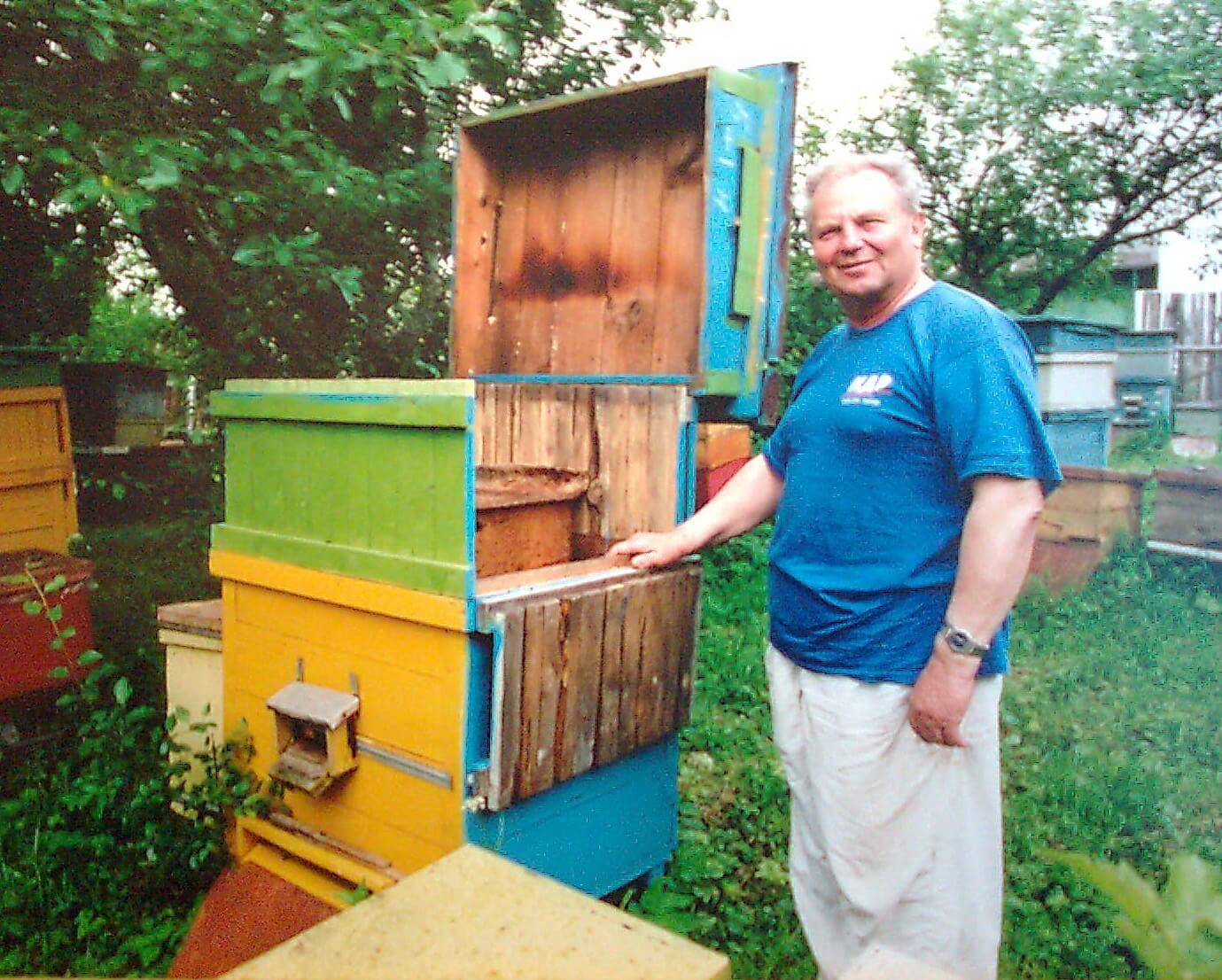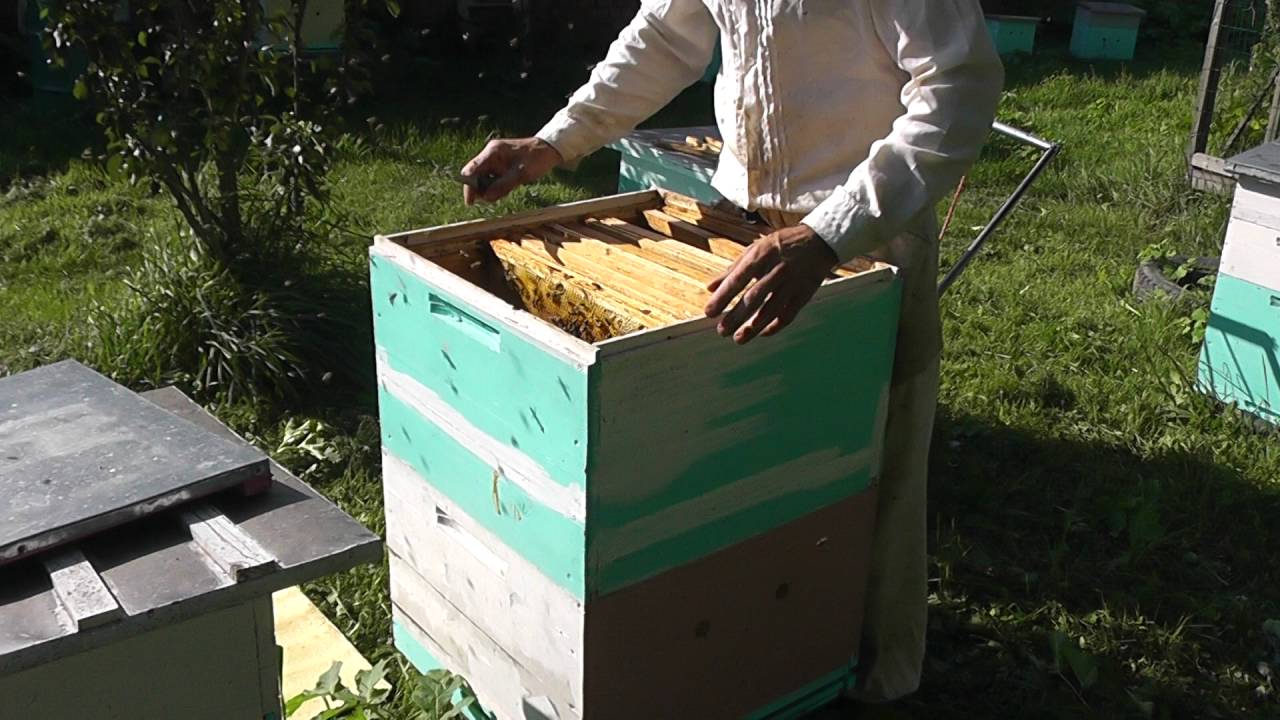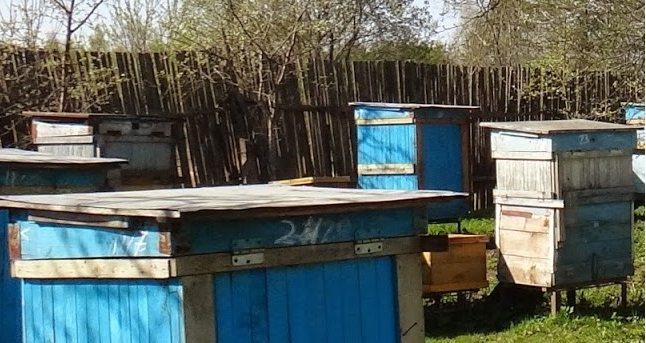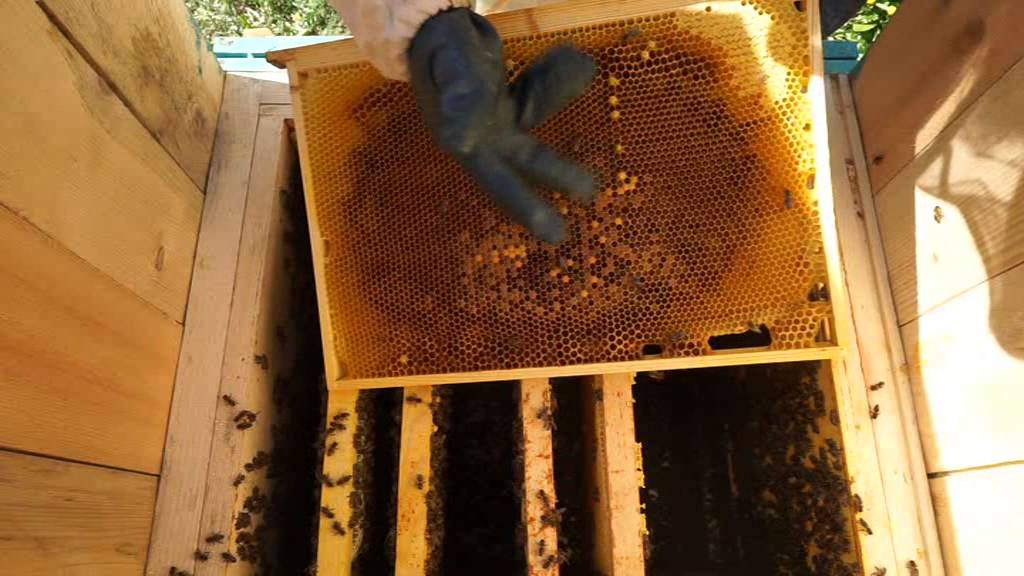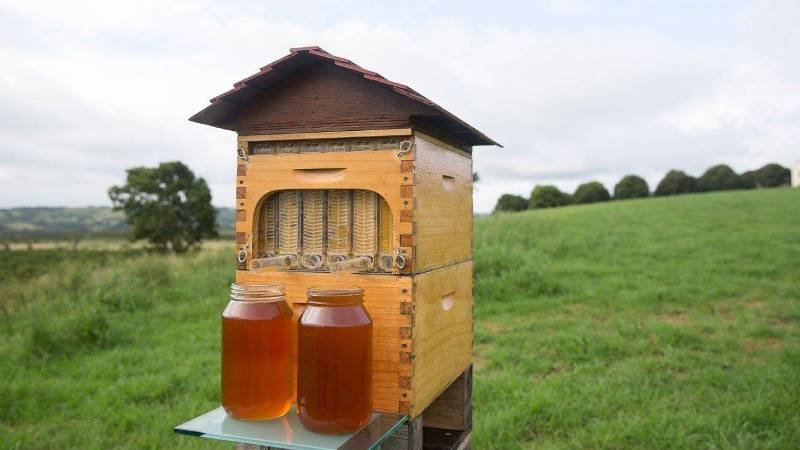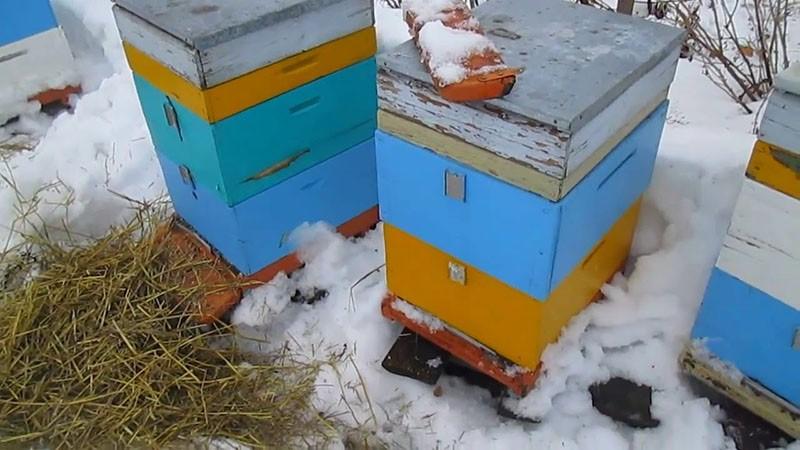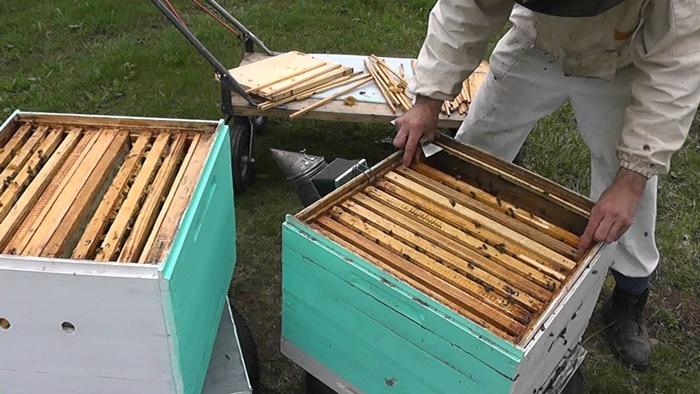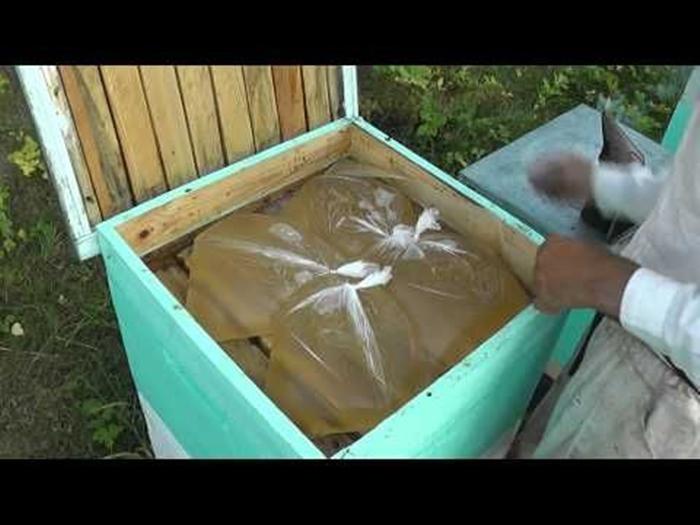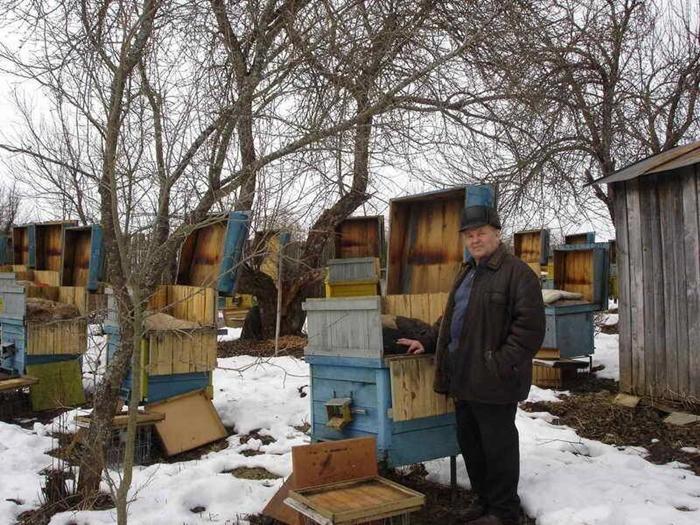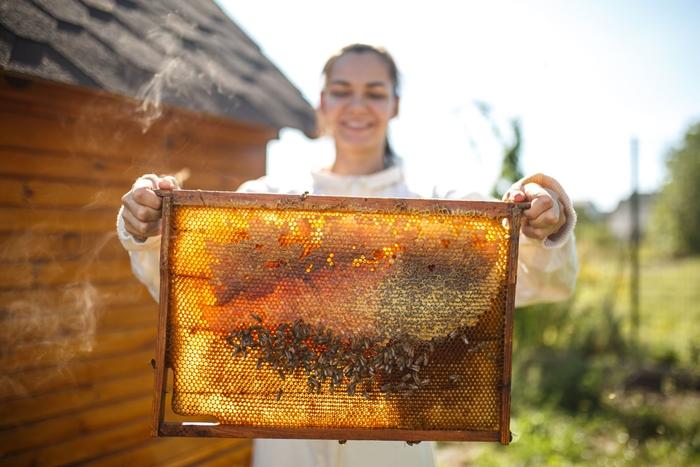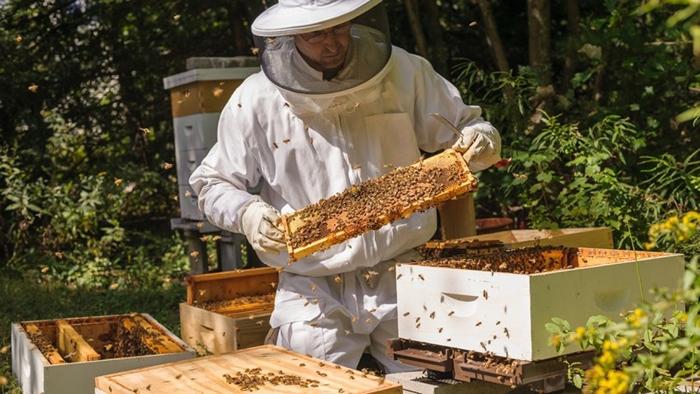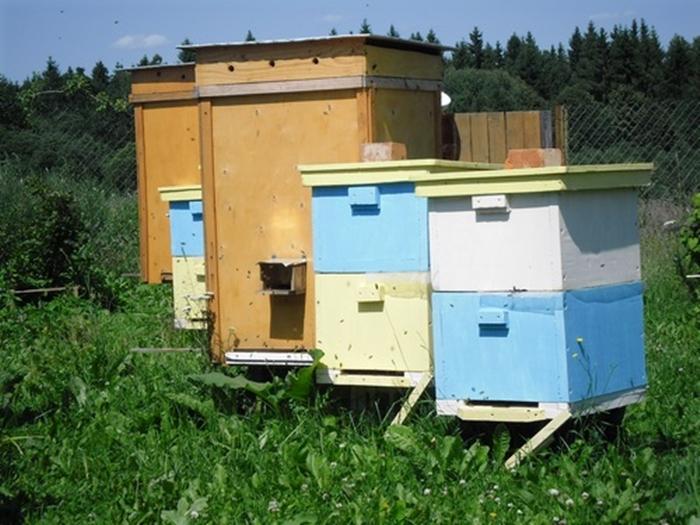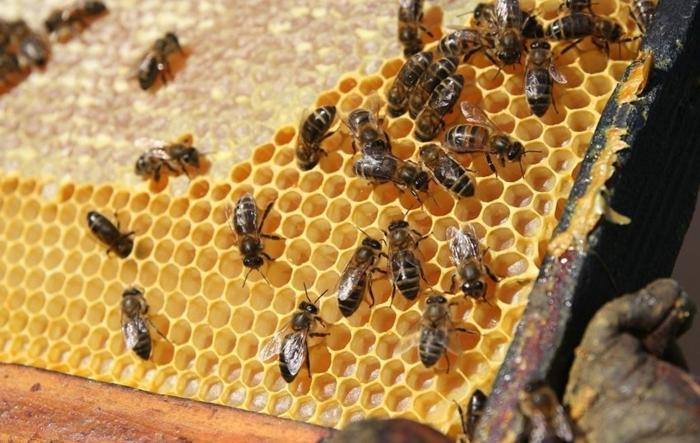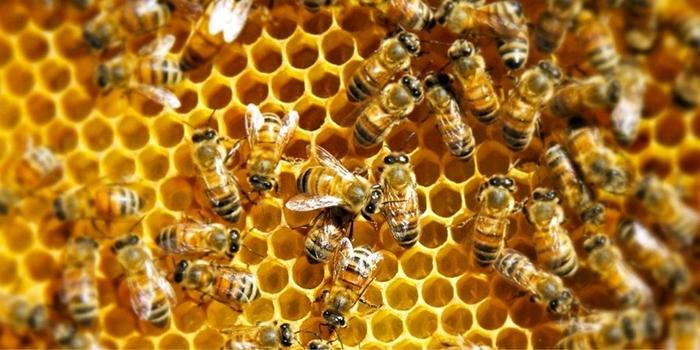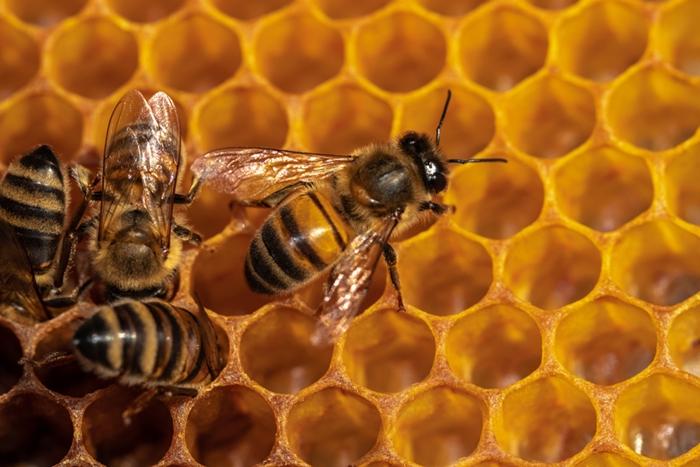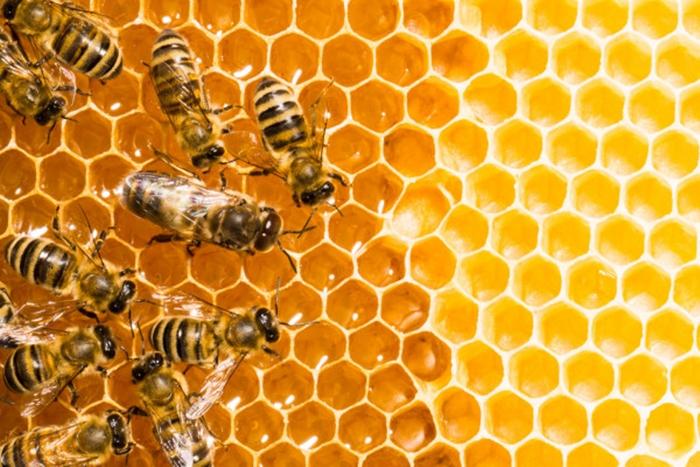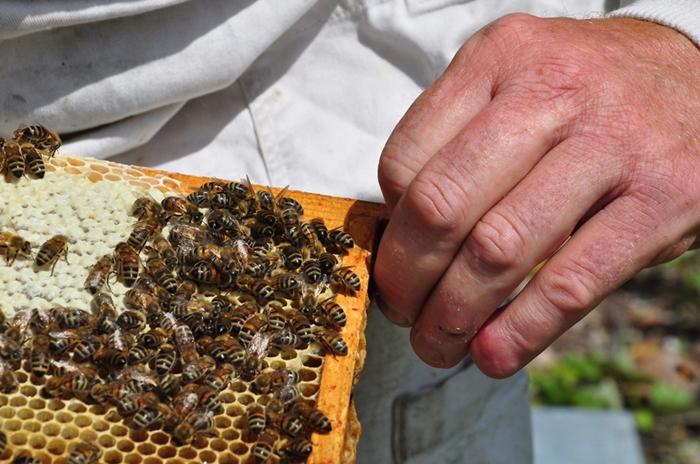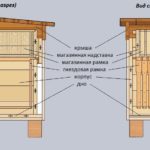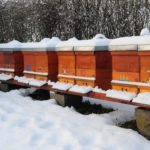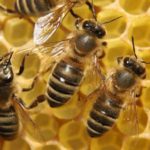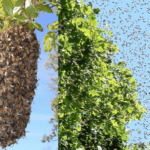Beekeeping is becoming more and more popular among people. This is an interesting and profitable business. Vladimir Tsebro is known to all beekeepers. He developed his own method of breeding bee colonies. It allows you to significantly increase honey collection and optimize work in the apiary and is especially suitable for novice beekeepers. Today's detailed story is about the essence of the Cebro method.
The essence of the method
The method of Vladimir Petrovich Tsebro allows us to solve the problem of insect swarming, which every beekeeper faces.The invention of hives of an original design makes it possible to obtain strong bee colonies and reduce the incidence of insect diseases.
Beekeeping using this method has made it possible to significantly increase the amount of honey and bee products produced. The development of a beekeeper's calendar indicating the events carried out by month optimized the work of experienced and novice beekeepers.
Basic provisions of the methodology:
- For insects, free three-hull hives are built, which are comfortable for the bees. They are called Cebro hives.
- Only strong bee colonies produce good returns; weak colonies are eliminated.
- It is necessary to monitor the quality of insect food. Strong bee colonies need good food in sufficient quantity. They are left with frames full of beebread and honey.
- In spring and summer, a three-hull bee house is used; for the winter, a two-hull design is sufficient. The upper section contains nesting frames, and the lower section contains magazine frames.
- During the spring growth of bee colonies, an additional upper hive body is built.
- In the spring, 2 families are created in a two-hull hive, the insects are divided in two, adding a young strong queen.
- Uteruses are replaced annually.
- In hives with excellent ventilation there should be no drafts.
- Several families are united for wintering; this ensures the strength and productivity of insects in the future.
- From a two-week queen cell, 2 layers are formed to obtain new bee colonies.
- In a double-hull hive, a grid is installed, preventing the queen from entering the upper part of the bee house and preventing swarming.
Such actions allow you to avoid swarming, get strong colonies and a large amount of honey.The standard Cebro hive is a multi-body structure with 2-3 sections, consisting of a 12-frame or 14-frame single-wall Dadan hive, placed in a capacious protective casing.
Construction of the hive
A tongue and groove board is taken from which a hive or a ready-made single-walled dwelling for bees is constructed. The bottom is attached to it to create an air cushion. The structure is placed in a casing made of boards or plywood. A hole is made in the rear wall of the structure for a pallet. At the bottom of the structure, bars are attached to which plywood is attached for insulation. The created air space is not filled with insulation.
In the upper part of the casing, bars are also fixed on the outside, which should protrude slightly from the back of the hive. When opened, the cover of the structure, which is mounted on hinges, will rest on them. One of the side walls of the casing is also attached to hinges. This is done for ease of maintenance.
Hatching queens
The old queen is removed from the nest. Take out and carefully trim the honeycombs with brood, leaving those with two-day-old larvae. The brood is placed in the center of the bee nest.
Beekeeping without a swarm
To prevent swarming, empty frames are placed in the nest, alternating them evenly with 2 full frames. Filling empty frames with insects prevents swarming.
Organization of wintering of bees
Cebro hives are stationary. With a sufficient amount of high-quality food, insects do not freeze even in severe frosts. The hive casing protects insects from freezing. The entrances are closed, the upper one can be covered with glass, and a wooden plank is used for the lower one.
Important: a gap of 5 millimeters is left in the lower taphole for ventilation of the space.
A ball of strong, well-fed insects independently ensures the necessary heat exchange inside the structure.
Cebro calendar
Vladimir Petrovich described by month all the actions that need to be performed by a beekeeper. This is why the method is especially valuable for beginners.
January
The amount of feed and dead food should be controlled. Adjust the ventilation, if necessary, narrow the entrances for additional insulation of the bee nest. Set up parasite baits. Protect entrances from rodents and birds.
February
Monitor the condition of insects. Count the families. Provide bees with food.
March
Inspect the hives and bee colonies. Identify weak and sick communities. Feed the insects with a mixture of honey and sugar (kandi).
April
Clean the hive. Identify families in which the uterus died. Combine strong families with weak ones. Clean bee nests. If necessary, treat insects. Prepare drinking bowls and feeding troughs for families.
May
Form layering. Breed and update the queens. Launch new queens into the hives.
June
Brood queens are replaced.
Practical recommendations and advice
If you fully follow Cebro's advice, you will ensure the presence of strong insects in the apiary, excellent honey production and a significant increase in the number of bees.
- It is necessary to ensure ventilation of the bee house so that insects do not suffer from disease and dampness. The tapholes should not be completely closed.
- In hives with 2 sections, a grid should be installed. It will prevent the queen from rising to the top and prevent insects from swarming.
- Queens are replaced annually. They are bred from strong bee colonies.
- It is advisable to check for the presence of diseases in the laboratory.
- The uterus is heavier, it drags its abdomen and moves slowly.
- For better pumping of honey, the frames are heated to +26-27 °C.
- Electric or manual honey extractors are used for pumping.
- To remove impurities, honey is passed through a fine sieve, and then through 2-3 layers of gauze.
The Cebro method has proven its effectiveness. It is used not only by beekeepers in the post-Soviet space, but also by beekeepers in Europe and America.

